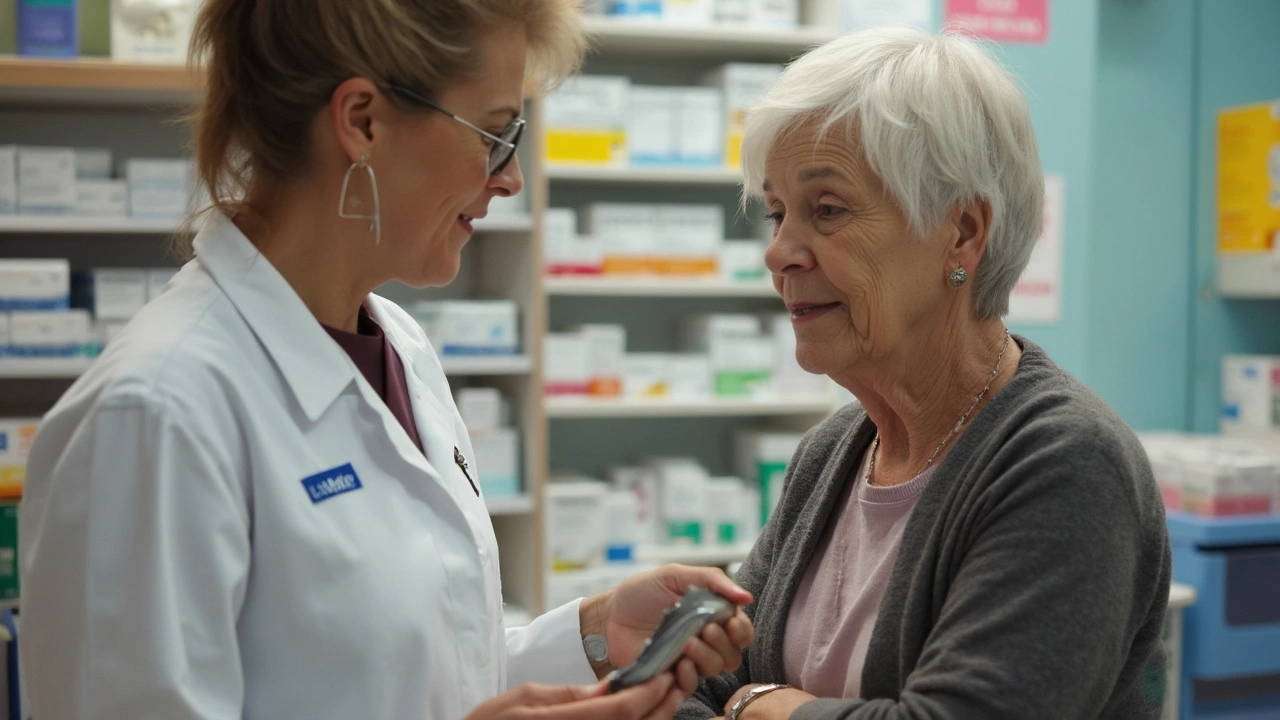Edema Treatment: Practical Ways to Reduce Swelling Fast
Swelling (edema) can be annoying or a sign of a medical problem. You don’t always need a pill right away. Simple steps at home often help, but it’s also important to know when swelling needs a doctor. This guide gives clear, useful actions you can try today and explains common medical options.
Start with easy, daily fixes
Lower salt in your meals. Less sodium usually means less water retention. Try cutting processed foods and skip the extra salt at the table. Drink water regularly — dehydration can actually make your body hold on to fluid.
Move more. Sitting or standing still for long stretches makes fluid pool in the legs. Walk short distances every hour, flex your ankles, or lie down and elevate your legs above heart level for 20 minutes a few times daily. Compression stockings help push fluid back up; use graduated compression (look for 15–30 mmHg or follow your doctor’s advice).
Wear comfortable shoes and avoid tight bands around ankles or calves that restrict circulation. For older adults, keep skin moisturized to avoid cracks when swelling stretches the skin.
Medical treatments and tests
If home measures don’t help, a healthcare provider will look for the cause. Common causes include heart failure, kidney problems, liver disease, venous insufficiency, medication side effects, or lymphedema. Tests often include blood work (kidney and liver function, electrolytes), urine tests, heart tests like BNP or echocardiogram, and sometimes leg ultrasound for blood clots.
Diuretics (water pills) are commonly used when fluid buildup is due to heart, kidney, or liver issues. Loop diuretics like furosemide or bumetanide remove fluid quickly. Thiazide diuretics and potassium-sparing options such as spironolactone or amiloride are used in other situations. Your doctor will pick the best type and monitor electrolytes and kidney function — don’t start or adjust these medicines on your own.
If swelling is caused by venous problems, treatments can include vein procedures, physical therapy, or compression. Lymphedema often needs specialized therapy: manual lymph drainage, bandaging, and dedicated exercises.
Watch for warning signs that need urgent care: sudden severe swelling in one leg, shortness of breath, chest pain, high fever, or rapid weight gain from fluid. Those symptoms can mean a blood clot, heart failure, or another serious issue.
Keep a simple swelling diary: note which body part swells, time of day, related activities, weight, and any new meds. That makes clinic visits more productive. Small, steady changes — less salt, more movement, elevation, and proper footwear — often make the biggest difference. If you’re unsure, ask your provider; swelling usually responds well when the cause is treated directly.
Furosemide Alternatives in 2025: Top 5 Options for Managing Edema and High Blood Pressure
- Robin Tudge
- April 17, 2025
- 17 Comments
Looking for other options besides Furosemide to manage edema or high blood pressure in 2025? This article breaks down five practical alternatives, explaining how they work, their perks, and their drawbacks. You'll find pros and cons for each medicine, plus tips for picking the right fit. The info is simple and actionable, so you get exactly what you need without the medical jargon.
read more
